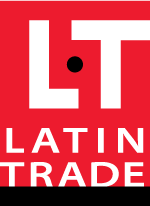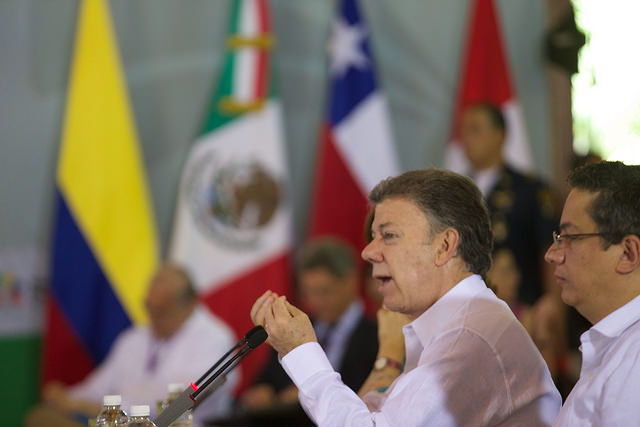A conversation with Ruth Shady, the discoverer of the city that caused America’s past to be rewritten. The oldest civilization of the hemisphere emerged at Caral, in Peru. Not everyone knows, because its ruins are barely sticking out from under the cover of sand, still being painstakingly excavated in a 62-hectare (153-acre) zone of breathtaking desert, on a small plain flanked by impressive mountain peaks of the Andes. Pyramids, houses, temples, unlikely-looking structures were put up by the inhabitants 5,000 years ago, around 2900 B.C. This is phenomenal data that makes other monumental building projects like the earliest ones at Teotihuacán in 400 B.C., Tikal in 200 A.D., Chichén Itzá in 520, or Machu Picchu in 1300 of our era […]
The explorer who rewrote the history of the Americas
Related
Articles & Interviews
Removing Roadblocks to Carbon Market Expansion: Insights from Bank of America’s Managing Director, Karen Fang
Carbon markets stand out as potentially one of the...
Articles & Interviews
A deliberate and inclusive path to influence: The 10th anniversary of the Adrienne Arsht Latin America Center at the Atlantic Council
Over the past ten years, one of the defining...
Articles & Interviews
The secret of success of the Adrienne Arsht Latin American Center at the Atlantic Council: How to build relevance by fostering socioeconomic prosperity
The mission of the Adrienne Arsht Latin American Center...



